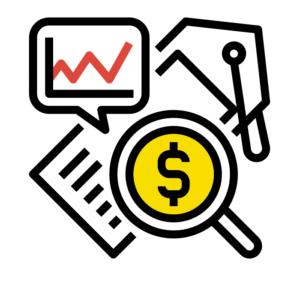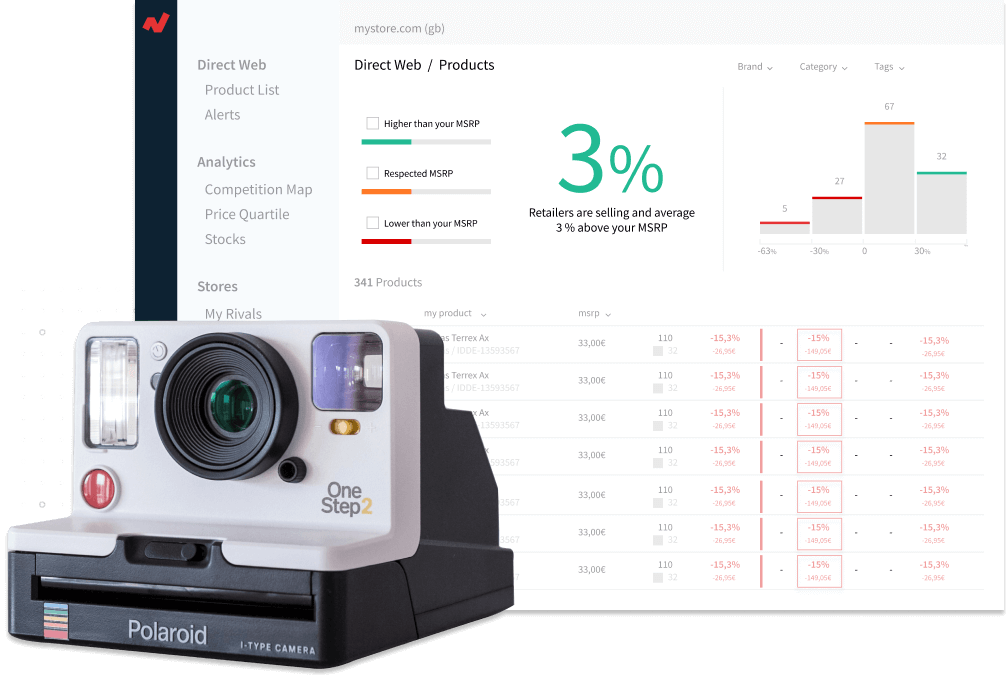One of the most important issues when designing an effective marketing plan is pricing. This idea was defined by the American economist Kent Monroe as “the art and science of understanding how much a customer would be willing to pay for a product or service, trying to get the most out of it”.
In order to set a price for your products, it is necessary to first do a market research. Knowing the demand of the market, the quality of the product, the manufacturing costs or the competition are factors to be considered when establishing the sales value for your items.
Pricing strategies
To determine the price of a product, and after making the necessary investigations, it is time to define a pricing strategy. To do so, we can focus on three characteristics: price according to cost, according to the market or according to the competition.
Competition
To set prices based on competition you need to keep track of your rivals. You have pricing software that allows you to do this work automatically and periodically, which will save you time and money to design the right strategy. There are three basic strategies related to the competition:
- Parity: Strategy used when there is not much differentiation between your products and those of the competition. This strategy is valid when the items are priced at the usual level, such as 5-cent chewing gum.
- Pricing below the competition: A strategy that aims to significantly increase the conversion rate by adjusting the profit margin.
- Pricing above the competition: You can use this strategy when you want to differentiate your product and give it a quality image, since customers relate price to value.
Cost
It is certainly the simplest, as it only takes into account two factors: the cost of production and the profit margin. You can either negotiate with suppliers to offer you their products at a lower price, or you can raise the sales value of your items.
Market
The market is an abstract space where supply and demand meet. It depends on the sector you are in, the number of competitors, the user’s perception or the rigidity will change. Depending on the market situation you can choose these strategies:
- Penetration: It’s advisable to use it in those price-sensitive markets. The idea is to offer your products at a low price to increase your market share, and then gradually raise those prices again. These low prices, apart from increasing your conversion rate, will help you avoid the entry of new competitors in your sector. Keep in mind that to carry out this strategy you must adjust the profit margins of your products a lot.
- Skimming: This strategy should be used in markets with low demand and few competitors and when the users of that sector have a high economic profile. Skimming is to set an initial price for a very high product at the beginning of its life cycle, and then, as the product reaches its maturity stage, to reduce it and reach more users. With high prices you will quickly cover the initial costs. This strategy is usually used by well established companies with a constant amount of customers. It is normal to see these strategies in technology companies such as Samsung and Apple, which hold conferences to present their products..






